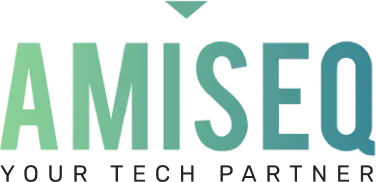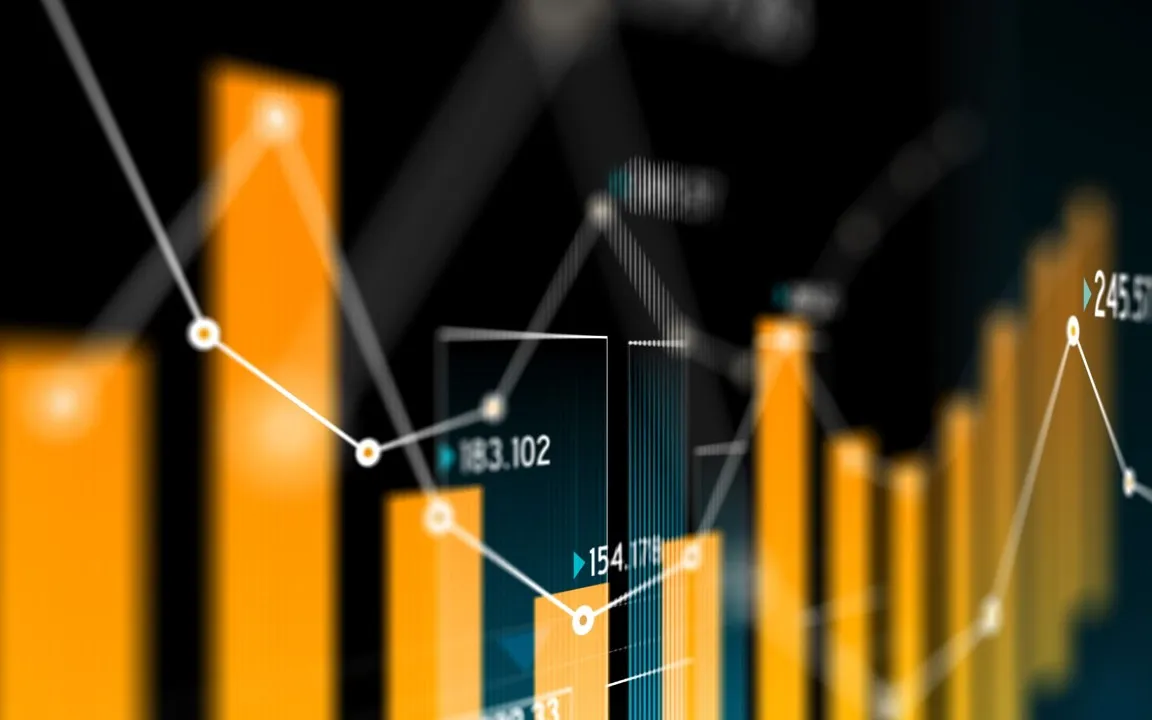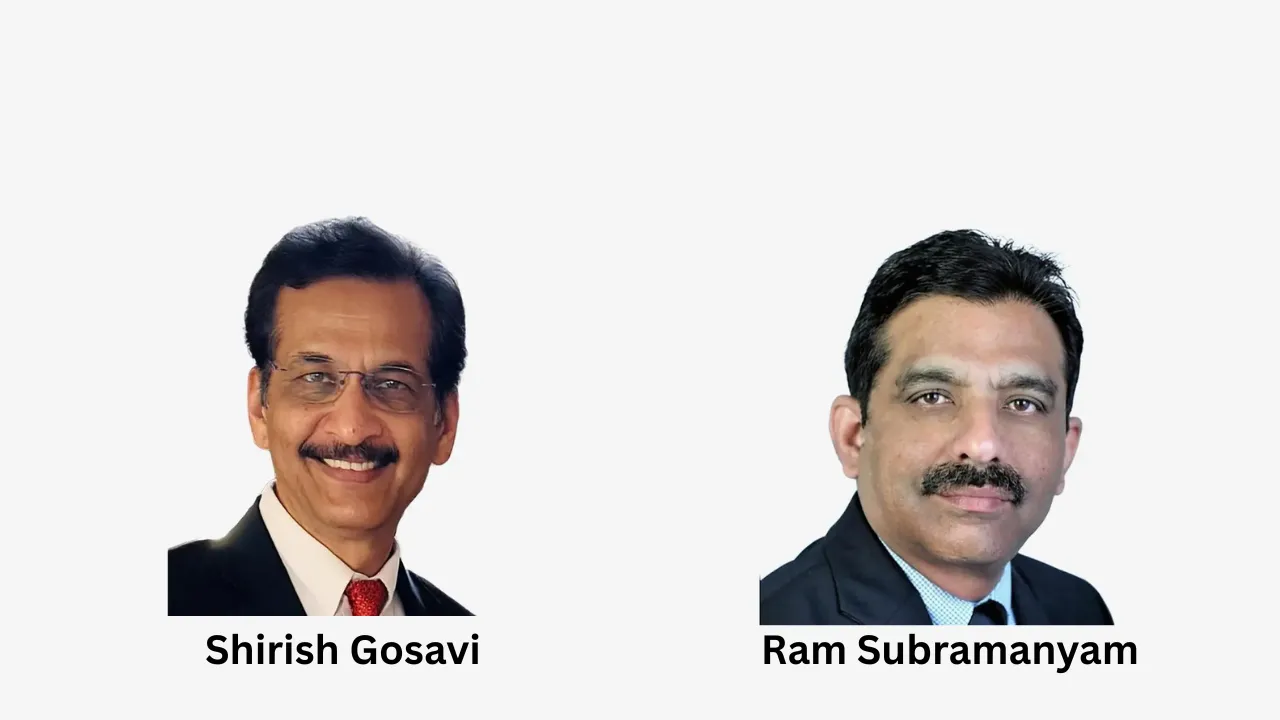Successful automation initiatives require careful strategic planning and superb tactical execution. Strategic success starts with the crafting of an automation roadmap considering automation strategy, automation technologies, automation program governance, automation operating model design, automation people enablement and bot development/support.
Tactical success is grounded on a strong understanding of the applicability of automation in your business, budgeting for the Total Cost of Ownership, computing the business case returns, leveraging applicable automation methodologies and solving specific business problems.
Executive teams and their business and technology leaders recognize the Total Cost of Ownership as a key success factor for their automation program and focus on budgeting for and managing these costs during the automation initiative to maximize returns.
The main components of the Total Cost of Ownership are:
- Development and Deployment Costs
- Licensing Costs
- Add-on Solution Costs
- Maintenance and Support Costs
- Training Costs
- Assessment and Consulting Costs
- Infrastructure Setup Costs
Let’s look at these cost components more closely and identify key insights to consider.
Licensing
Licensing costs include the expenses incurred to purchase or access the core components of the enterprise RPA software solution, such as RPA tools, platform and configuration management. In addition, the costs of adding a high availability disaster recovery component to help ensure business continuity.
Business and technology leaders need to consider their user group of professional or citizen developers; ease of use of bot design, deployment and management functionalities; scaling capability and more. They must also consider traditional by license and innovative free trial, pay-as-you-consume and pay-by-ROI cost models.
Licensing costs equate to roughly 21% to 24% of the Total Cost of Ownership.
Infrastructure Setup
Infrastructure setup costs are the costs of setting up the system, including desktops, servers, and virtual machines. The type of deployment will have a large effect on this cost. There are a variety of architecture and hosting options from fully on premises to cloud native SaaS. Each with unique security specifications.
Technology leaders should consider the operating system that the RPA vendor supports. If it only supports Windows and the existing machines run on MAC or Linux, estimating the cost of making a move to Windows is necessary. If a company opts for cloud deployment, it could save on capital expenses such as hardware. Cloud-native implementation can deliver significant Total Cost of Ownership reductions in the range of 21%-27%.
Infrastructure set-up costs equate to roughly 3% to 4% of the Total Cost of Ownership
Maintenance and Support
Maintenance and support costs include the time and resources of the IT team that are allocated to installing, maintaining, and upgrading enterprise RPA software. The IT team should not be spending a lot of time on installations and upgrades.
A browser-based solution will ease the job of the IT team. But like any other IT product, your RPA solution may need occasional support. Availability and cost of support from your vendor or third-party service provider would be something to review before finalizing your solution. Let’s not forget the domain expertise of the third-party service provider.
Maintenance and support costs equate to roughly 7%-8% of the Total Cost of Ownership.
In conclusion, successful automation initiatives require careful strategic planning and superb tactical execution. Tactical success is grounded on a strong understanding of the applicability of automation in your business, the Total Cost of Ownership, the business case (ROI), automation methodologies and business problems to be solved.
Tackling these cost drivers will move your organization’s automation initiative forward, speed up implementation, reduce automation costs, address technology challenges and improve returns from the average, 24%-29%, to the extraordinary, greater than 110% across three years.
Amiseq’s Intelligent Automation practice can help you make sense of the Total Cost of Ownership. Learn more at www.amiseq.com or register for one of our Making Sense of the Total Cost of Automation webinars on our LinkedIn page. If you find this article insightful, please share, comment or like.
Author: Derek M. D’Onofrio | Director, Client Relations – Amiseq Intelligent Automation


